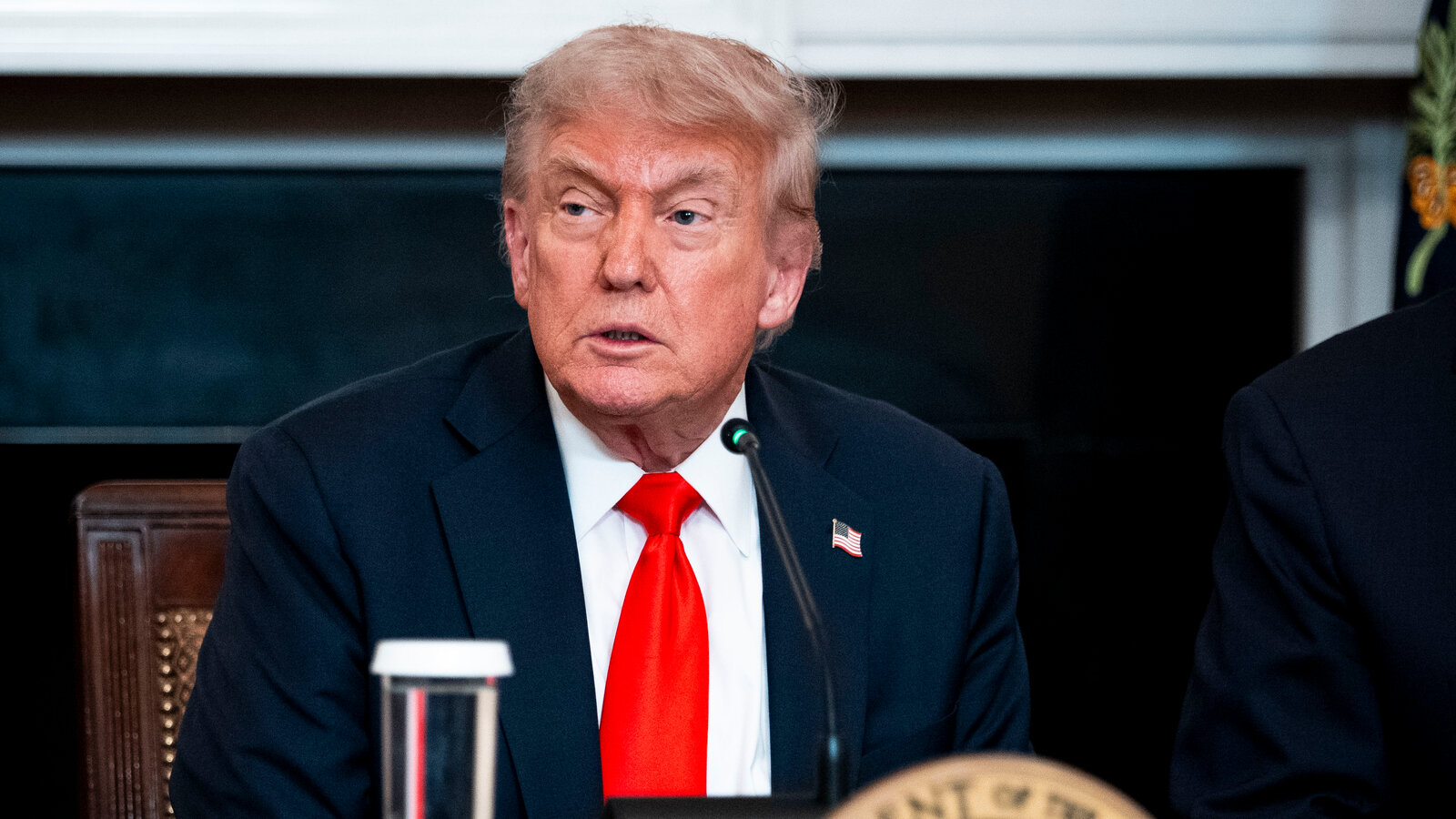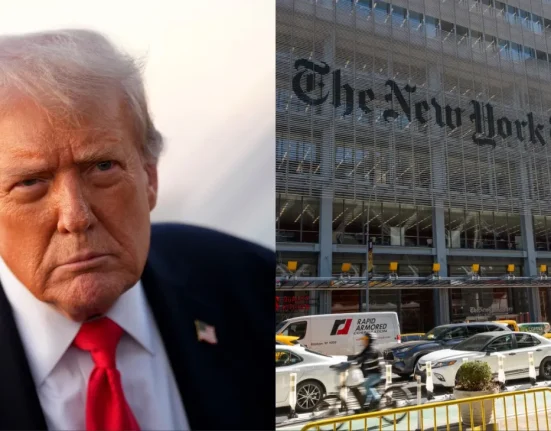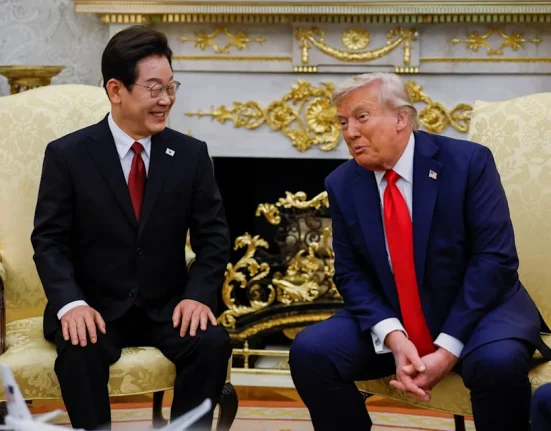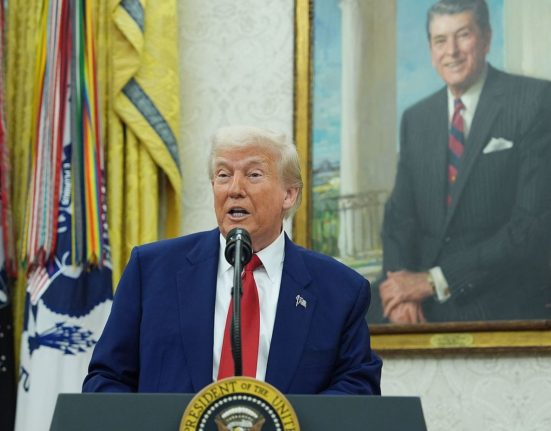Former US President Donald Trump has rolled out a new series of tariffs, with Canada bearing the brunt of the punitive measures. The move, widely viewed as an assertion of American economic strength, aims to bolster US exporters by making foreign goods more expensive and incentivizing domestic manufacturing.
According to analysts tracking the development, the newly imposed tariffs reflect Trump’s long-standing trade policy approach of protecting American industries through aggressive trade barriers. By imposing higher duties on Canadian products, the administration seeks to reduce reliance on imports, strengthen local production, and improve the trade balance.
Experts note that while the tariffs are intended to support US businesses, the measures risk escalating trade tensions between the two neighboring countries, potentially disrupting supply chains and raising costs for consumers on both sides of the border.
This strategy is consistent with previous tariff campaigns initiated under Trump’s tenure, where economic leverage was used as a tool to renegotiate trade agreements and push for favorable terms. Critics argue that such protectionist policies may invite retaliatory actions and harm global trade dynamics.
The latest round of tariffs underscores the broader geopolitical and economic contest in North America, as the US endeavors to reassert its dominance in key manufacturing sectors while confronting complex trade relationships with close partners like Canada.







